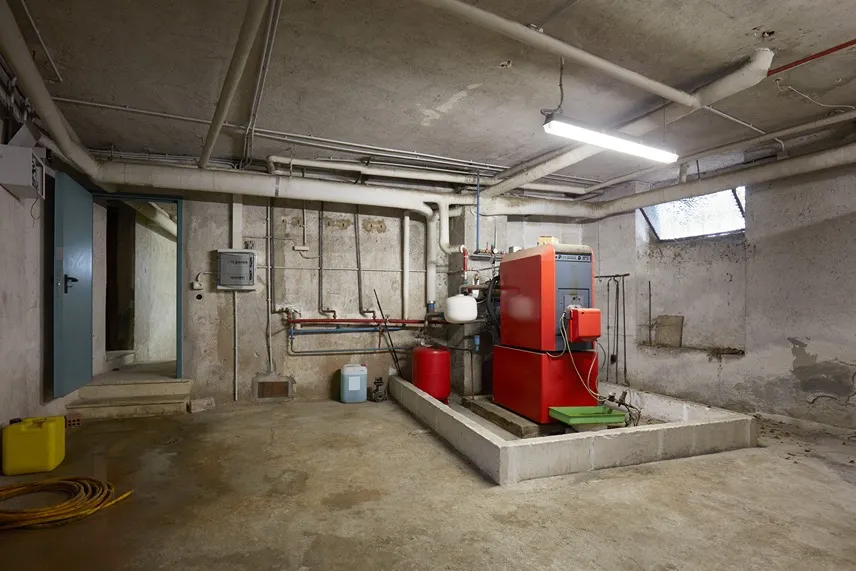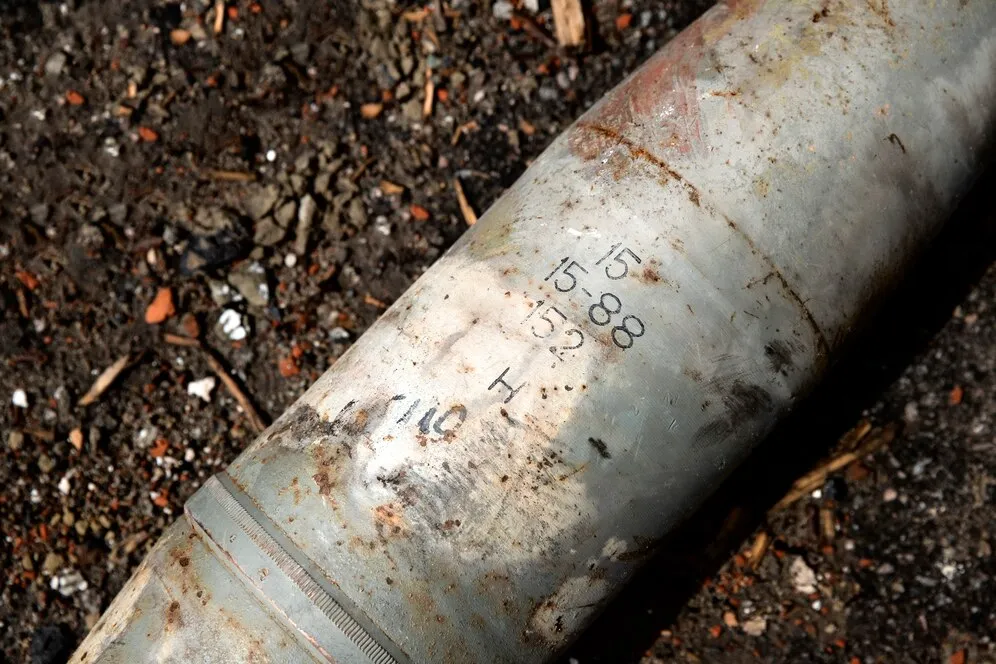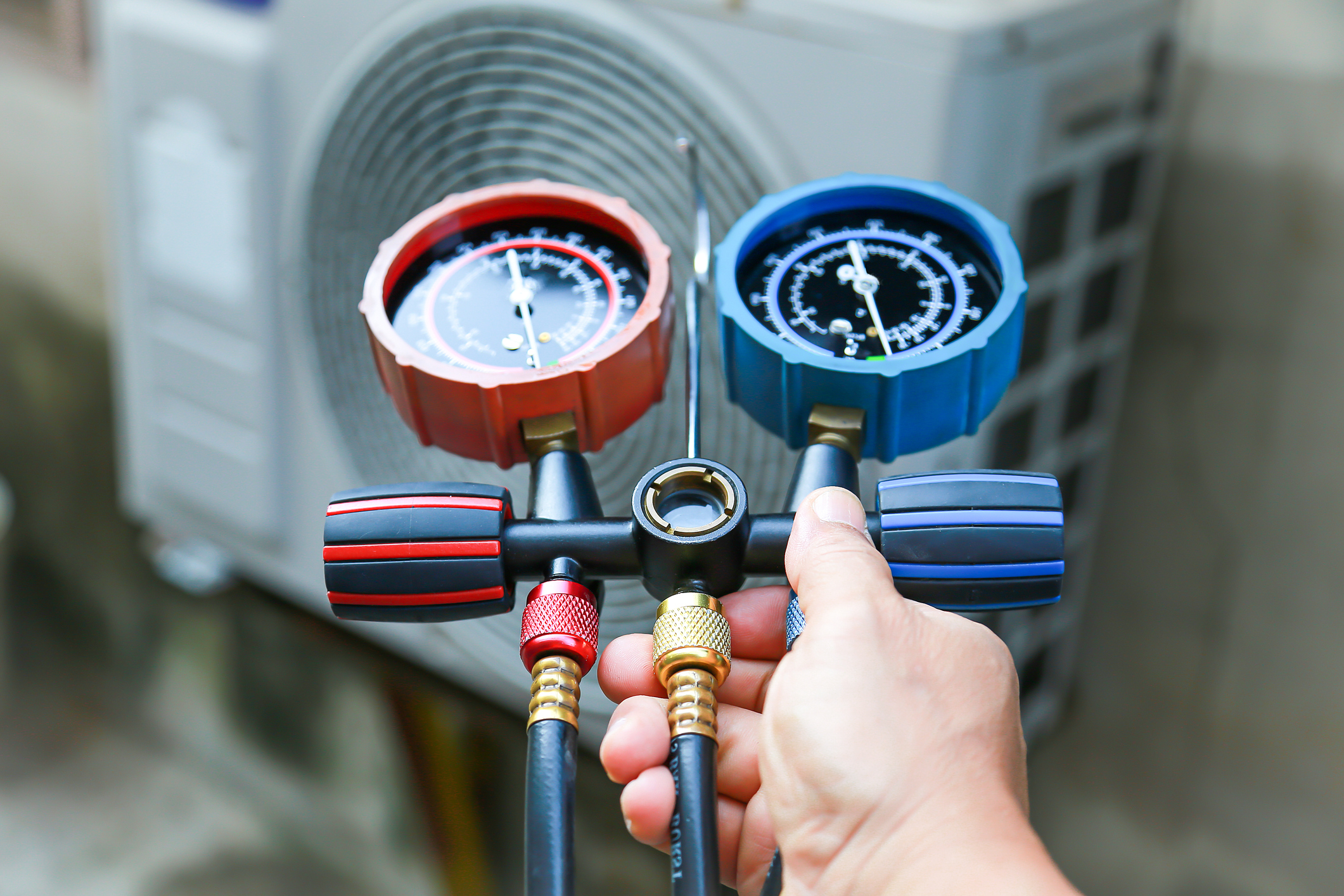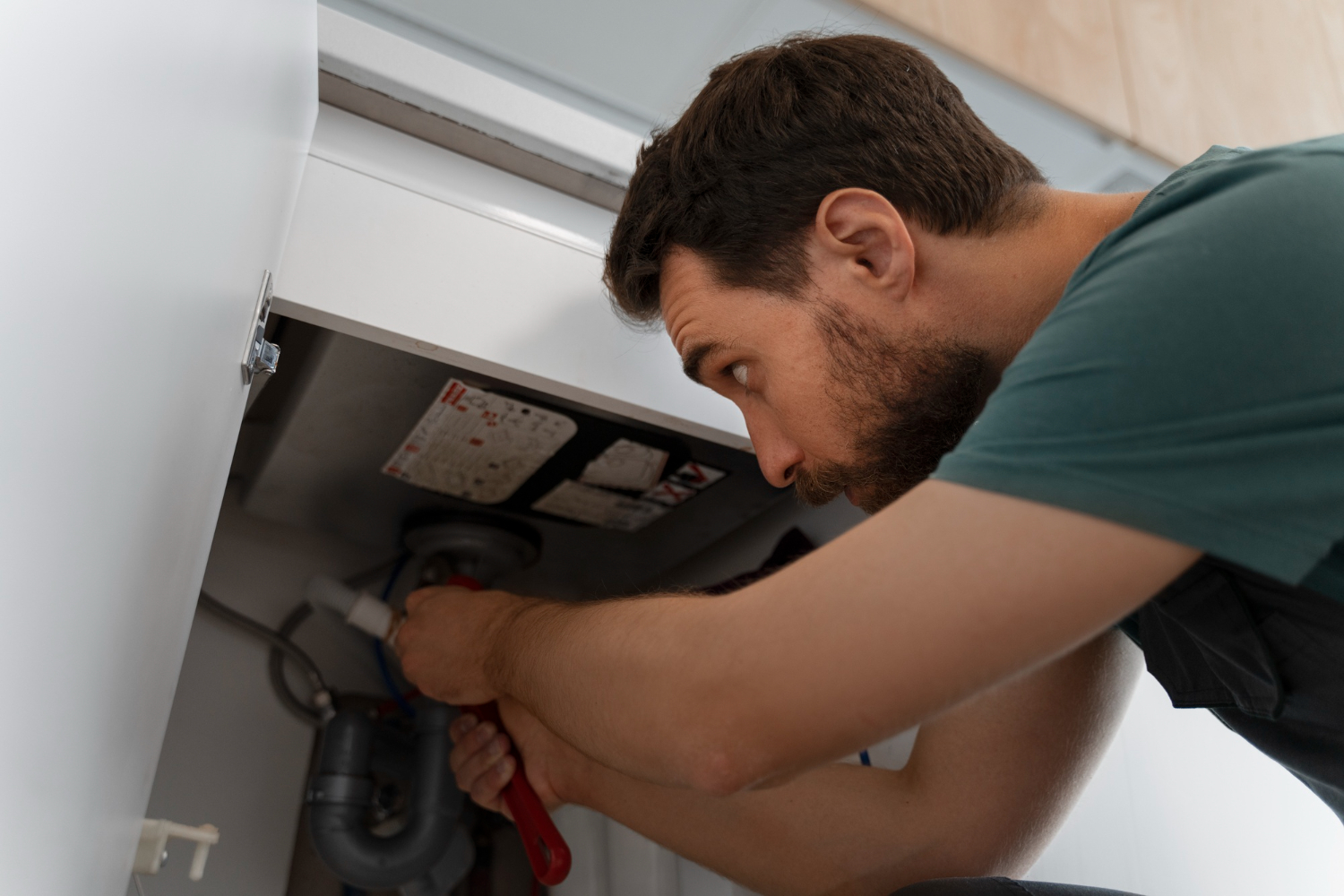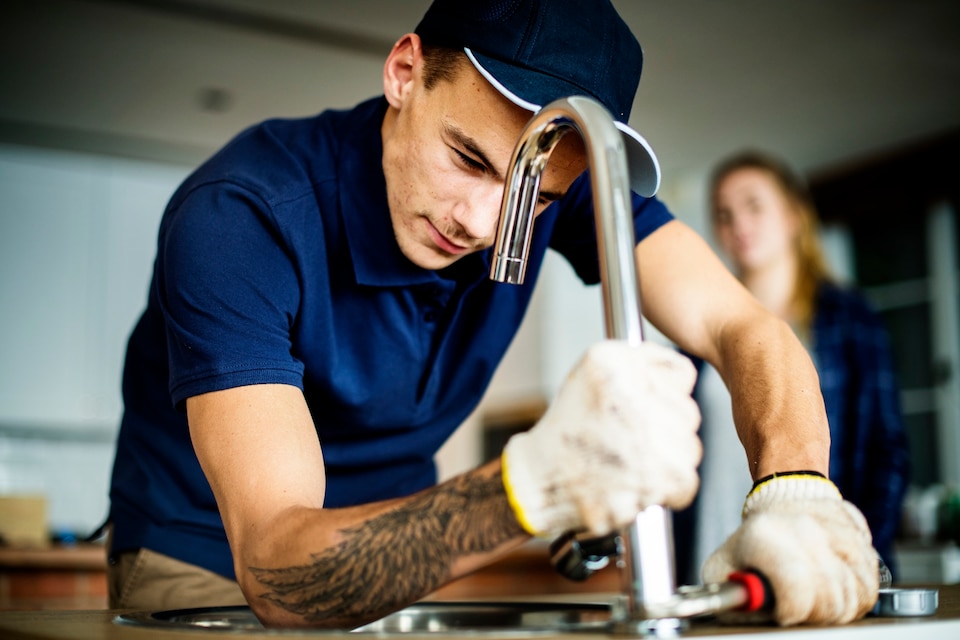A well-functioning furnace is essential for maintaining a comfortable home environment, especially during the colder months. When your furnace starts showing signs of trouble, it can be tempting to call our professionals immediately. However, performing a few simple DIY checks can sometimes resolve minor issues, saving you time and money.
Signs Your Furnace Needs Repair
Recognizing the signs that your furnace needs repair can prevent small issues from becoming major problems. Here are some common signs to look out for:
- Inconsistent Heating: If your furnace struggles to maintain the set temperature or if certain rooms are warmer or colder than others, it may need attention.
- Frequent Cycling: A furnace that frequently turns on and off could be malfunctioning or having issues with the thermostat.
- Unusual Noises: Banging, clanking, or squealing sounds are not typical and could indicate mechanical problems.
- Increased Energy Bills: A sudden spike in energy bills might point to an inefficient furnace that requires repair.
- Yellow Pilot Light: The pilot light should be blue. A yellow flame can indicate a combustion issue or the presence of carbon monoxide.
By identifying these signs early, you can schedule a repair before the problem worsens, ensuring your furnace operates efficiently.
Checking the Thermostat Settings
A malfunctioning thermostat can cause your furnace to act up. Checking the thermostat is a simple first step in DIY furnace repair. Here’s how to do it:
- Set to Heat: Ensure the thermostat is set to “heat” mode. Sometimes, the switch might accidentally get moved to “cool” or “off”.
- Temperature Setting: Check that the temperature setting is higher than the current room temperature. If it’s not, the furnace won’t turn on.
- Battery Check: Some thermostats use batteries that might need replacing. Check if your thermostat screen is blank or fading, indicating a battery replacement is needed.
- Clean the Thermostat: Dust and debris can accumulate inside the thermostat, interfering with its operation. Gently clean inside the unit using a soft brush or compressed air.
Inspecting Air Filters
Clogged air filters can impede airflow, making your furnace work harder and less efficiently. Inspecting and replacing air filters is an easy task that can significantly impact furnace performance.
- Locate the Air Filter: The air filter is usually located in the return air duct or the blower compartment of the furnace.
- Remove and Inspect: Carefully remove the air filter and hold it up to the light. If you can’t see through the filter, it’s time to replace it.
- Choose the Right Filter: Ensure you select the correct size and type of filter recommended for your furnace.
- Replace the Filter: Insert the new filter, ensuring it’s placed in the correct direction marked on the frame.
Ensuring the Furnace Has Power
A furnace that won’t turn on may simply be due to a lack of power. Here are steps to ensure your furnace is getting the power it needs:
- Check the Breaker Panel: Locate your home’s breaker panel and look for the switch dedicated to the furnace. If it’s tripped, reset it by flipping it off and then back on.
- Inspect the Power Switch: Furnaces often have a power switch located nearby, often looking like a standard light switch. Ensure it’s in the “on” position.
- Check the Fuse: Some furnaces have a fuse on the control board. If you’re comfortable, inspect the fuse and replace it if it’s blown.
- Confirm Gas Supply: For gas furnaces, ensure the gas valve is turned on. If it’s off, the furnace won’t operate.
Examining the Pilot Light or Ignition System
A malfunctioning pilot light or ignition system can prevent your furnace from heating. Here’s how to examine these critical components:
Pilot Light (for Older Furnaces):
- Check the Flame: The pilot light should burn a steady blue flame. A yellow flame indicates incomplete combustion and possible carbon monoxide presence.
- Relight the Pilot: If the pilot light is out, follow the furnace’s manual to relight it. Usually, this involves turning the gas valve to “off,” waiting a few minutes, then turning it to “pilot” and using a match or lighter to ignite the flame.
- Inspect the Thermocouple: This sensor detects whether the pilot light is on and shuts off the gas if it’s not. Ensure it’s not loose, dirty, or damaged.
Modern Ignition Systems:
- Check for Error Codes: Many newer furnaces use electronic ignition. If the furnace isn’t kicking on, the control board may display error codes.
- Inspect the Igniter: These systems have either a hot surface igniter or spark igniter. Look for visible damage or cracks. If faulty, the igniter needs replacing.
Checking the Blower Motor
The blower motor is essential for circulating warm air throughout your home. If it’s not working, your furnace won’t heat your space effectively. Here’s how to check the blower motor:
- Listen for Noises: A blower motor that’s struggling may make squealing, rattling, or banging noises. These sounds often indicate a problem with the motor bearings or belt.
- Check the Airflow: Place your hand near the vents to check if air is blowing out. Weak or no airflow could mean the blower motor isn’t operating correctly.
- Inspect the Belt: Older units may have a belt-driven blower motor. Check the belt for wear and tear. If it’s frayed or broken, it will need replacement.
- Check Capacitor Functionality: The motor’s capacitor may weaken over time, making it hard for the blower to start and run. If you’re comfortable using a multimeter, test the capacitor for proper function.
Looking for Airflow Obstructions
Airflow obstructions can significantly impact your furnace’s efficiency and comfort levels in your home. Here’s a step-by-step guide to identifying and addressing these obstructions:
Check Vents and Registers:
- Ensure They’re Open: Make sure that all vents and registers are open and unobstructed by furniture or drapes.
- Clean the Vents: Dust and debris can build up over time. Use a vacuum attachment to clean inside the vents.>
Inspect Ductwork:
- Look for Blockages: Debris, pests, or even objects accidentally dropped can block ductwork. Inspect accessible sections for visible obstructions.
- Ensure Proper Sealing: Ducts should be sealed at the joints. Leaks can cause airflow issues and reduce efficiency.
Check the Return Air Grille:
- Unblock the Return: Ensure the return air grille, often found in a central location, is unobstructed to allow proper return airflow to the furnace.
Listening for Unusual Noises
Unusual noises coming from your furnace can signal a range of problems. Identifying the type of noise can help diagnose the issue. Here’s how to listen effectively and interpret the sounds:
Banging or Popping:
- Possible Cause: These noises often result from thermal expansion and contraction in the ductwork or due to delayed ignition in the burner.
- Solution: Inspect the ductwork for any loose parts and secure them. If the issue is burner-related, it may require professional cleaning or adjustment.
Squealing or Screeching:
- Possible Cause: Usually indicates a problem with the blower motor or belt. This noise might be due to worn bearings or a slipping belt.
- Solution: Lubricate the motor bearings if applicable, or replace the belt if worn or damaged.
Rattling:
- Possible Cause: Loose panels, screws, or parts within the furnace or duct system can cause rattling.
- Solution: Tighten any loose components and ensure the furnace panels are securely fastened.
Smell for Unusual Odors
Unusual odors emanating from your furnace often indicate something isn’t right and needs immediate attention. Ignoring these smells can lead to bigger problems or even safety hazards.
- Burning Odor: If you smell a burning scent, it could be due to dust accumulation on the furnace burner or elements, especially if the furnace hasn’t been used for some time. While these smells can sometimes resolve on their own, persistent burning odors warrant a thorough inspection by our professionals.
- Gas Smell: A strong gas odor indicates a potential leak, which is a severe safety issue. If you detect a gas smell, turn off the furnace immediately and contact our technicians to inspect and repair the unit.
- Musty Odor: A musty smell often points to mold or mildew buildup within the system, particularly around the ductwork. This can affect indoor air quality and trigger respiratory issues. Our technicians can clean the ducts and remove any mold and mildew.
Resetting the Furnace
Sometimes, resetting your furnace can resolve minor issues and restore normal operation. Here are the steps to reset your furnace safely:
- Turn Off the Power: Before resetting your furnace, turn off the power to the unit. Locate the power switch on the unit or turn it off at the circuit breaker.
- Locate the Reset Button: Find the reset button on your furnace. This is usually located near the burner or motor. Press this button and hold it for a few seconds.
- Restart the Furnace: Turn the power back on and set your thermostat to the desired temperature. Monitor the furnace to ensure it starts and runs smoothly.
When to Call Our Professionals for Furnace Repair
Knowing when to call our professionals for furnace repair can prevent minor issues from turning into costly repairs and ensure your system operates efficiently.
- Persistent Issues: If you’ve tried basic troubleshooting steps like resetting the furnace, checking the thermostat, and inspecting filters, but the problem persists, it’s time to call our technicians.
- Complex Repairs: Issues involving gas lines, electrical components, or major parts like the blower motor should always be handled by professionals. Attempting to fix these problems yourself can be dangerous and may void your warranty.
- Frequent Cycling: If your furnace frequently turns on and off, it could indicate a more serious problem with the thermostat, blower motor, or other components. Professional diagnosis and repair ensure the underlying issue is addressed effectively.
Professional repair ensures safe and efficient operation, prolonging the life of your furnace.
Preventative Maintenance Tips for Your Furnace
Regular maintenance can extend the life of your furnace and keep it running efficiently. Here are some tips for maintaining your furnace:
- Annual Inspections: Schedule an annual inspection with our technicians to catch and address potential issues before they become major problems.
- Filter Replacement: Replace or clean air filters every 1-3 months to maintain optimal airflow and efficiency. Dirty filters can cause the furnace to work harder and increase energy consumption.
- Clean Ducts and Vents: Ensure that ducts and vents are clean and unobstructed. This enhances airflow and ensures even heating throughout your home.
- Check the Thermostat: Make sure your thermostat is functioning correctly and is set to the optimal temperature. Consider upgrading to a programmable thermostat for more efficient heating.
Following these maintenance tips helps you avoid unexpected breakdowns and expensive repairs.
Why Choose EnviroSafe for Your Furnace Repair Needs
Effective furnace repair and maintenance involve more than just quick fixes. Addressing unusual odors, resetting the system safely, and knowing when to call for professional help are essential aspects of ensuring your furnace operates efficiently and has a long lifespan. Regular maintenance plays a crucial role in preventing major issues and keeps your furnace running smoothly.
Our team at EnviroSafe Plumbing, Heating, Air Conditioning, Water Treatment is your trusted partner for all furnace repair and maintenance needs. Our experienced technicians provide comprehensive services, from diagnosing complex issues to performing routine maintenance, ensuring optimal performance of your furnace. Protect your investment and ensure reliable heating with our expert care.
Don’t wait for minor issues to become major problems. Contact us today to schedule your furnace repair in Bridgeton, NJ.

